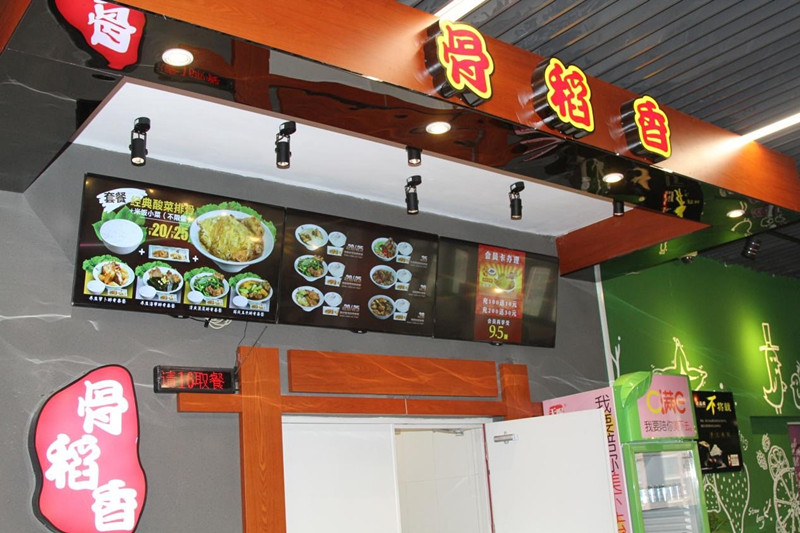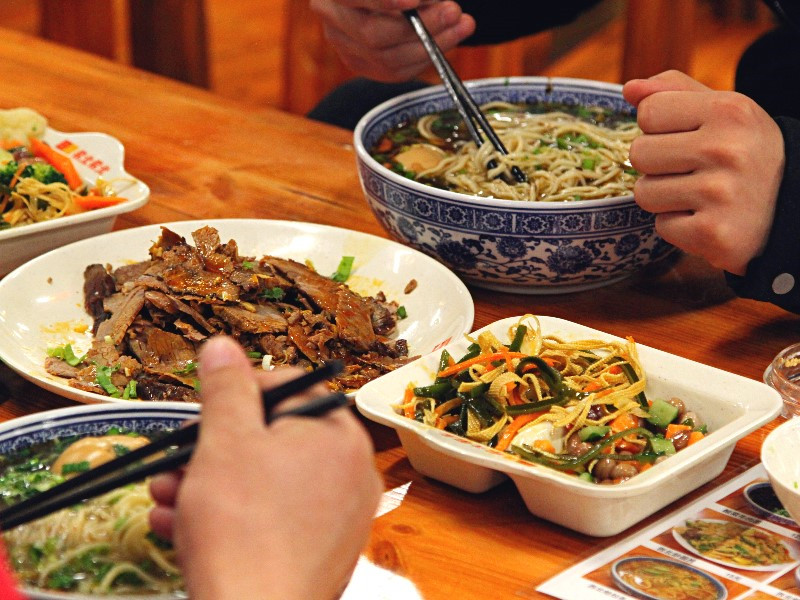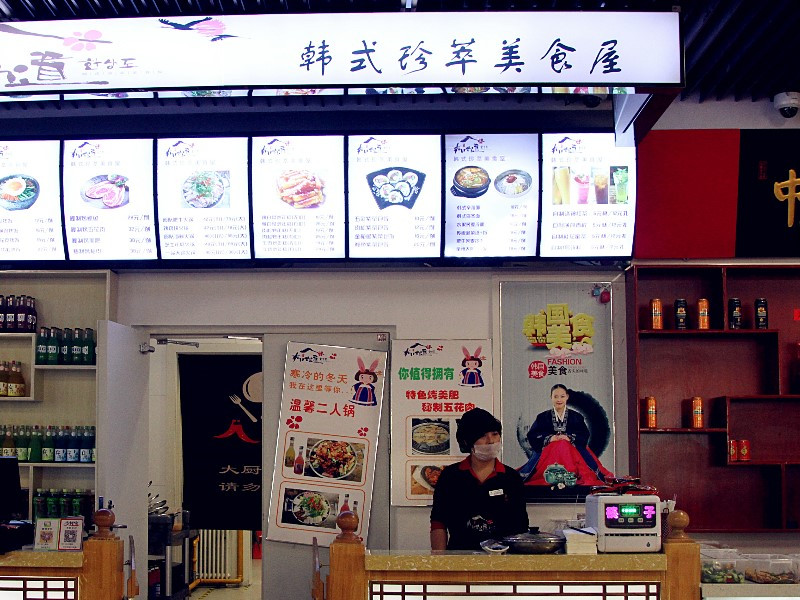Food Court at Tianjin University Provides a Feast for Students
For some students’ prospective, the dining experience can be a deal breaker when selecting an university. Tianjin University strives to serve our students healthy, sustainable, and delicious food at every meal. The TJU Food Court lies in No.5 canteen provides balanced and nutritious meals. Hot and cold foods, snacks, hot and cold beverages, coffee and many daily specials. These new and versatile options enhance the dining experience, keeping students from becoming bored of the same old meals mid-semester. You can discover the ethnic flavors of China with mouthwatering favorites from Hunan, Lanzhou, Taiwan and Xinjiang. The Food Court consists of a number of vendors at food stalls or service counters.

Joining in the hustle and bustle, we bought some common foods after class. It’s a usual situation in that we have tasted those foods several times before. What if we get tired of eating these kinds of foods everyday? Let’s try some Taiwanese foods. “Trotter in Rice” is one of the famous Taiwanese foods at the Food Court, which comes in large portions and tastes nice, and the roast meat is also popular among students.

What’s more, we can also taste Chinese Boiled Spareribs with Rice at the Food Court. The ingredients used in these kinds of food are fresh produce, legumes, and whole grains—all as sustainably sourced as possible—so healthy lifestyles can be built in TJU, even if it's unintentional. Bone marrow contains high levels of protein and iron while the bone itself has calcium. Suitable boiling causes the calcium to "migrate" to the soup: the ribs impart a much stronger flavor to the pork soup than just the meat. The set meal contains a savory dish, a bowl of rice and an appetizer.

Lanzhou hand-pulled beef noodle is a dish with a 120-year-old history in China. As “China’s First Noodle”, Lanzhou hand-pulled beef noodle is made from fine flour, beef, cooking oil, white radishes and green vegetables. The principle of the noodle is “Yi Qing, Er Bai, San Hong, Si lv and Wu Huang”, which means having clear soup, white radishes, chili oil, caraways and yellow noodles.

How about having Korean dishes? Korean food can be characterized as distinct, for it contains light and nutritional meals without MSG (monosodium glutamate) in various styles.
By: Wang Huiting and Zhang Xuan
Editors: Qin Mian and Christopher Peter Clarke

